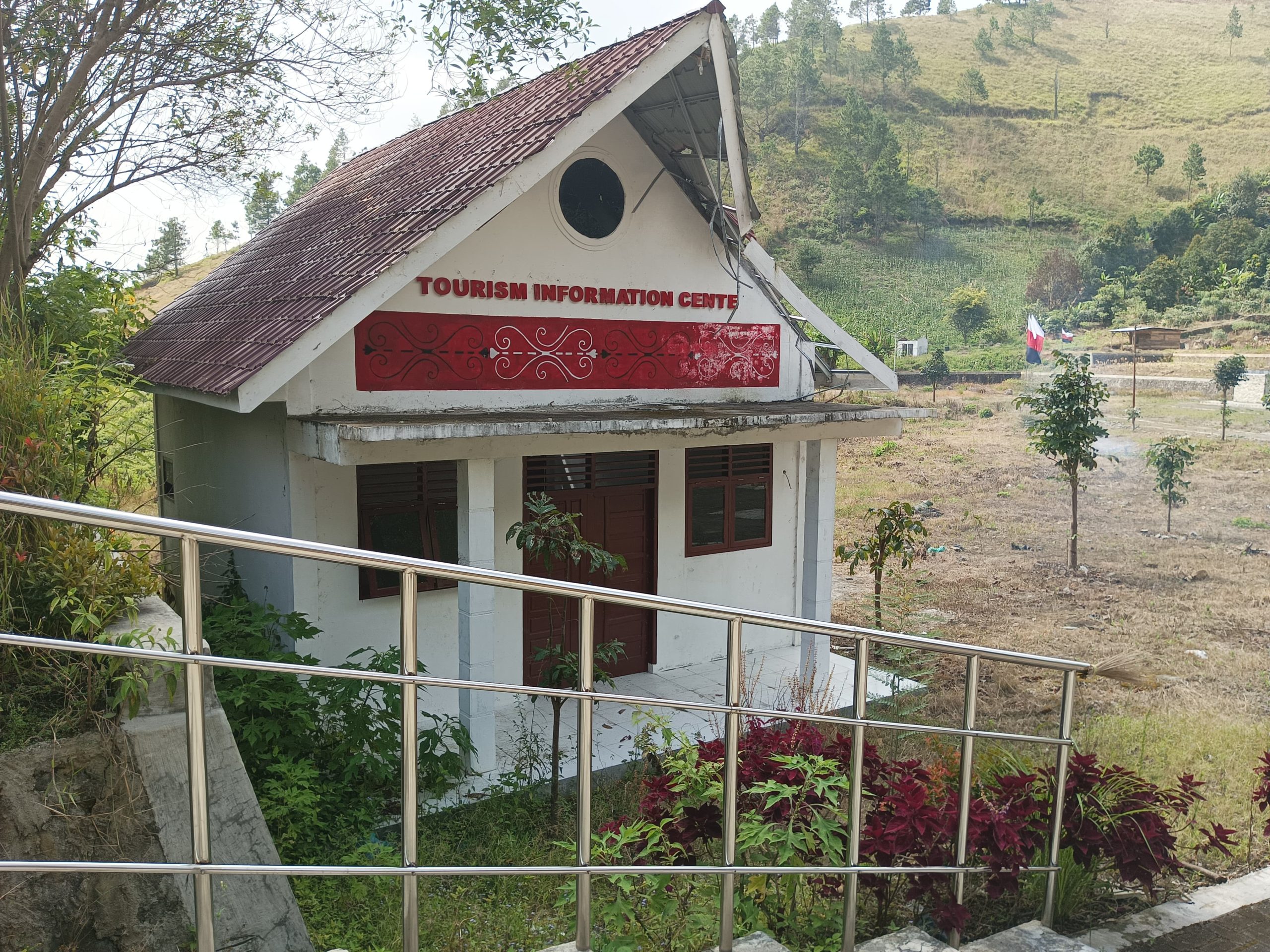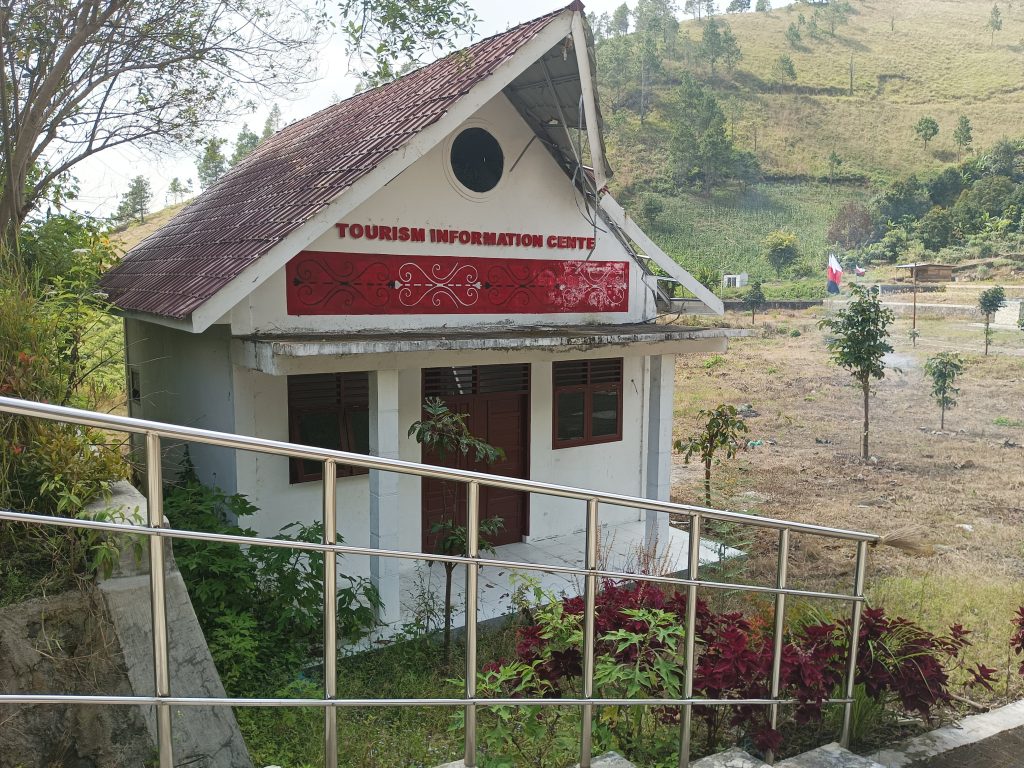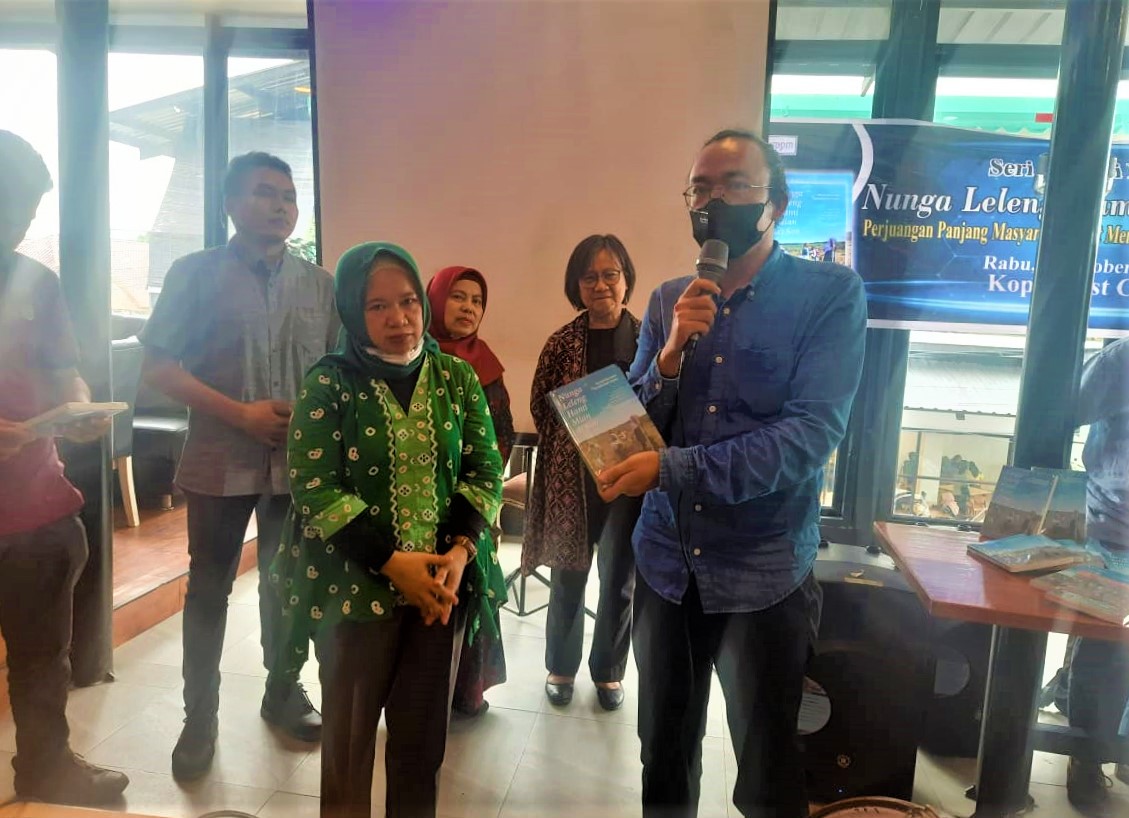It is a common understanding, that public attention towards Lake Toba is significantly growing as it officially designated as National Tourism Strategic Area – recently received ‘additional lable’ as ‘priority’. This labeling stimulates various things; ranging from media publicity, budget politics, investment and so on.
But we’re also share an understanding in which Lake Toba was and is not attractive because that labeling. It rather being attractive as it is. As how it’s a combination of natural landscapes with how the people lived it.
Those two understandings need to be scrutinize in order to have a better understanding on what is happening in Lake Toba. In this occasion, with no intention of putting other areas aside, we’ll discern and analyse Samosir Regency. To be more specific; The Sianjur Mula-mula.
Alongside with the fact that this area is the Origin of the Batak People, to analysing the tourism in Samosir by the public policy is no less interesting. In fact, it is very crucial.
It can be seen from the Lake Toba Integrated Tourism Master Plan 2020, that the contribution of the tourism sector to the Regional Income of Samosir Regency reached 8.05% in 2018. And if we review more up-to-date data, the contribution of the tourism sector has also increased significantly between 2021-2022. In 2021, the tourism sector contributed Rp. 4,321,589,536.13, which increased in 2022 to Rp. 7,306,549,388.
It is clear that tourism is still an important sector that will always attract attention from the central and local governments. This is also what encourages space modification in Samosir Regency, from agriculture to tourism, the thing that we’ll try to analyse here.
How this spatial modification tendencies dispossessing farmers and indigenous peoples from their living space, how this contributes to the creation of capital circuits, and what are the current conditions.
Sianjur Mula-mula: a Eulogy
Sopo Guru Tatea Bulan, Batu Hobon, Pusuk Buhit, Sigulati, and other objects in Sianjur Mula-mula, are what make this area more than a natural attraction. These objects are sacred to the Batak people and are believed to be the origin of this tribe. The sacredness of these objects also has a very important role for the adherents of Parmalim faith (local religion).
Given that, many Batak people and parmalim believers made pilgrimages to these objects. Because those who often come are Batak diasporas, the role of guide is needed. And for years, this role is carried by the locals/indigenous.


Have a look at Sarimarihit Village, where Batu Hobon is located. For many years, the role of guide was carried out by local residents who were part of Bius Sipitu Tali (Indigenous Institution).
On of them is Oppung Putri Limbong. He is a Raja Bius (Indigenous Chief), in which make him trusted as a legitimated man with knowledge of culture and history. While cultivating coffees, bananas, and lots of other plants on his inherited land, it is often that he asked to guide the visitors to look around Batu Hobon that exactly borders his land. And he did it for years.
It is until the state came and started its plan. That moment is exactly when the people participation is eroding. At the beginning of it, the locals had a good opinion of the presence of the state. They thought, at least the infrastructure be revitalized so that the access will be easier.
However, the realization is something that they never imagined. Up to this day, the locals have zero access to the management of Batu Hobon whatsoever.
Practically, the management has been completely taken over by the Government of Samosir. This happened at the same time as Sianjur Mula-mula included in Tourism Development Priorities. Now, to enter the Batu Hobon, the visitors is required to pay a fee of 5000 rupiahs. All of this flows directly to the Government of Samosir, leaving 0 rupiahs to the locals. Even the Village Government gets nothing.
There is a separation between tourism as a project and the lives of the locals. While Oppung Putri Limbong farms, Batu Hobon as a project runs arbitrarily starting from retribution, infrastructure management, and even tour guidance carried out by workers from outside.
Oppung Putri Limbong was once invited to manage Batu Hobon on behalf of the Government. However, the government sets a requirement to meet the tourist attraction revenue target of 60,000,000 rupiahs per year.
“How could I accept that? I feel forced to meet the government targets, even though I am also a farmer. What about my field?” he said laughing.
Local participation has never been taken seriously, to not say that tourism development was intended to dispossess the locals in the first place. Such an unreasonable offer above is the picture.
We will see contradiction referring to the Lake Toba Integrated Tourism Master Plan 2020. In that document, objects such as Aek Sipitudai, Batu Sawan, Batu Hobon, Sopo Guru Tatea Bulan and Si Raja Batak Settlement are proclaimed as Cultural Main Tourism Destinations/Destinasi Wisata Utama (DWU) Budaya.
This object is claimed to be a tourist destination with an emphasis on its sacredness which is supported by stories (turi-turian) that are believed by the Batak. This is contradictory considering that indigenous elders and the locals are actually excluded in this process.
Even more ridiculous, the exclusion produced very disappointing results. By paying a fee, you’ll find the nearly collapse Tourism Information Centre, knee-deep lawns, and mossy buildings. This is also what locals and pilgrims complain about; the presence of the state actually harasses and even reduces the sacredness of the Batu Hobon.
Not only that, about 1.2 Km, we will also find the Toba Caldera Geopark Information Center, in Sigulati. If you decide to visit now, it’ll be confusing to see what you will get by spending 10000 rupiahs.
It was quiet, abandoned, and tense. The coffee shop is closed, some buildings have been damaged, and the ugly buildings are increasingly unclear in their function. Seeing this condition, you will definitely frown knowing the annual revenue target of this object reaches 1,000,000,000 rupiahs.


It is no exaggeration to say that this development that sacrifices the living space of the locals is in vain.
The process that can be seen from the latest portraits is a very vulgar process of space modification. For many years since the establishment of Lake Toba as a priority tourism destination, space contestation has begun.
The goal is to turn absolute space into abstract space. Turning absolute space that lived by the locals on daily basis into a new conception of space generated from abstraction for the fulfillment of capital accumulation interests.
In order to provide a space for capital accumulation, tourism was built as a new concept to replace the space that is perceived, conceived, and lived by the community for many years (absolute space).
In short, a narrative (abstract space) is aimed at making a region more ‘profitable’.
The locals were pushed aside, and saw the living space they had socially knitted over the years disappear slowly.
Space Modification for Capital Accumulation
As mentioned before, we are in alignment that without any labeling from the government and investors, the landscape of Lake Toba is already attractive.
In this beautiful landscape, the people of the Lake Toba region – including Samosir – live their lives as farmers, ranchers, and carry out their cultural activities. Given that, tourism is possible as a ‘sideline’ industry. Agriculture can continue as it should, and once reaches its potential can even underpin other industries around including tourism. Rural and agricultural development must put first.
But it seems like the government doesn’t even consider this fact. The forceful tourism industrialization is intended to produce new capital circuit since the very beginning. By stages; acquired lands and turned it into commodity (tourism space), built the ‘built environment’ for the tourism (secondary circuit) such as hotels, restaurants, etc. and then conditioned the farmers to had no options other than joining this industry.
The ambition of tourism development in the Lake Toba Region had been and will continue to dispossess the farmers/locals from their living space. Even if tourism is able to contribute significantly to state income, this policy also consequently encourages the sharpening of inequality.
The increasement of income from tourism will only placing a few as a dominant stakeholders and beneficiaries. Especially, the ones with economic and political capital like networking with government officials (patron-client).
This process will also stimulate the capitalist to inject their capital, and then quitting it once the tourism run out of its potential. At first it stimulates land rush, dispossession, and then will be abandon or turn the land into a whole new space (Boom-Bust-Quit). In short, the land now is an object of speculation.
Moreover, tourism development involving investors is often carried out without active people participation. Lack of participation can occur in planning, managing, supervising, or even not being involved in all three.
This reflects on the experience of how the government drives tourism development in the Lake Toba Area. Records stated, the tourism development has put the farmers and indigenous at the more vulnerable position. Vulnerable, because they’re forced to ‘forget’ the living space as how they perceived, conceived, and lived for years.
Still on that matter, it should be emphasized that the agricultural sector is the main source of income for the locals of Lake Toba area, including Samosir Regency. Based on data from BPS North Sumatra for the last 5 years, the percentage of agricultural sector employment is more than 50%. But unfortunately support for the agricultural sector is still far behind the tourism sector.
While in fact, agriculture is a sector that has been thoroughly understood and lived for many years by the locals on the space that is now projected as a tourist attraction. This is what we understand as the modification of social space as happened in Sianjur Mula-mula.
The contradictory in these policy orientations is a bright picture of huge ambition of the state for tourism. Forget about the narratives on wealth redistribution, equitable welfare, and so on. To be more critical, have a look on who are the real actors and benficiaries of this agenda. Identifies who owns which hotel, whose businesses that road infrastructure goes through, and so on.
The participation of the locals as tourism actors is merely a catchphrase. In reality the locals are just spectators. They watch their living space slowly being usurped, interpreted differently, and wait for the point where they are completely eliminated.
The disconnection of tourism with the development of agriculture will only excacerbate the situation. Land acquisition is mandatory for tourism development. Tourism development requires space modification. Space modification will stimulate ‘land rush’ and disposessesions. The dispossession meant the loss of means of production. The loss of means of productions is the loss of farmers.
Given that, this disconnection is a ticking time bomb. Once the dispossession of means of production becomes widespread, the landless farmers are parts of surplus population that won’t get absorbed by the tourism industry. At best, the locals would only submit themselves to vulnerability; informal workers, street vendors, or basically slaves.
Allowing tourism to run while destroying the living space of farmers and locals is the perfect way to kill ourselves slowly.









